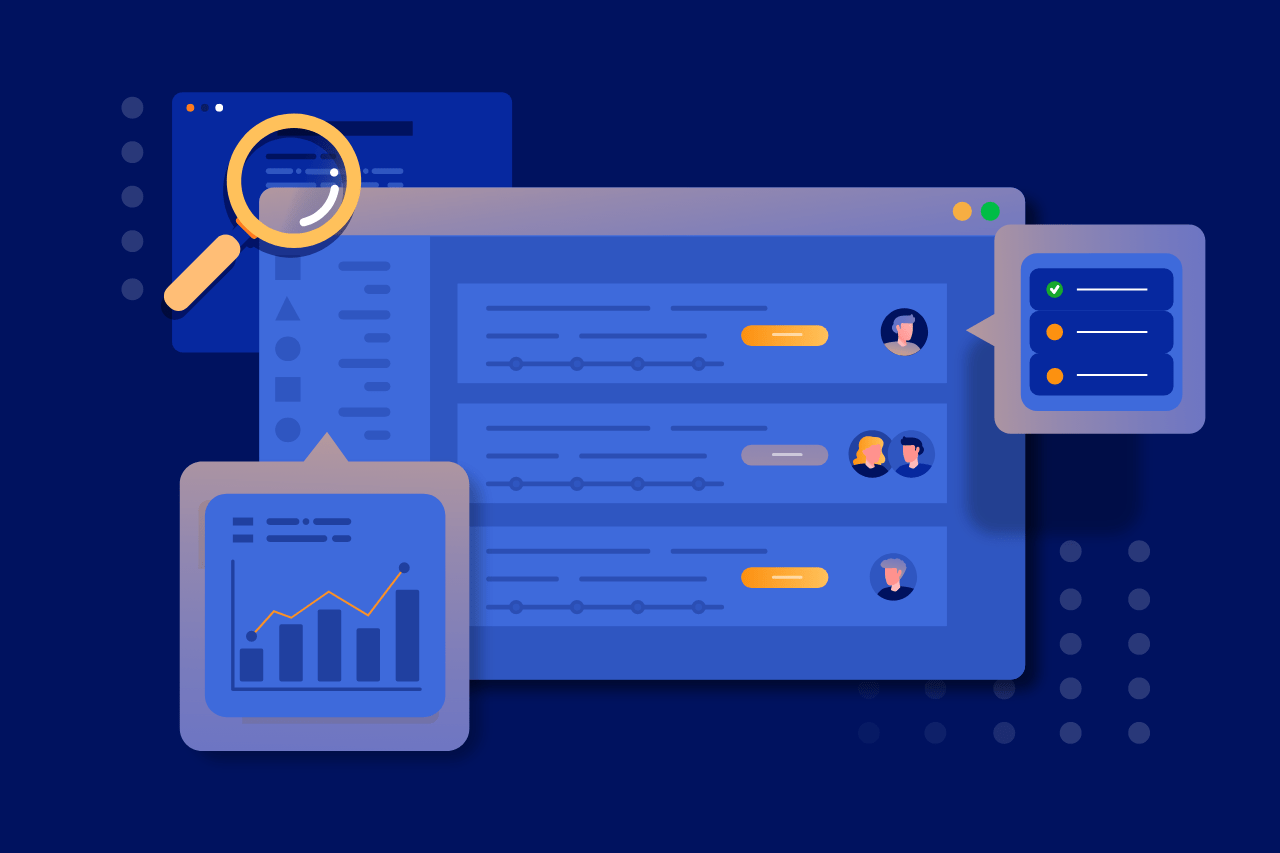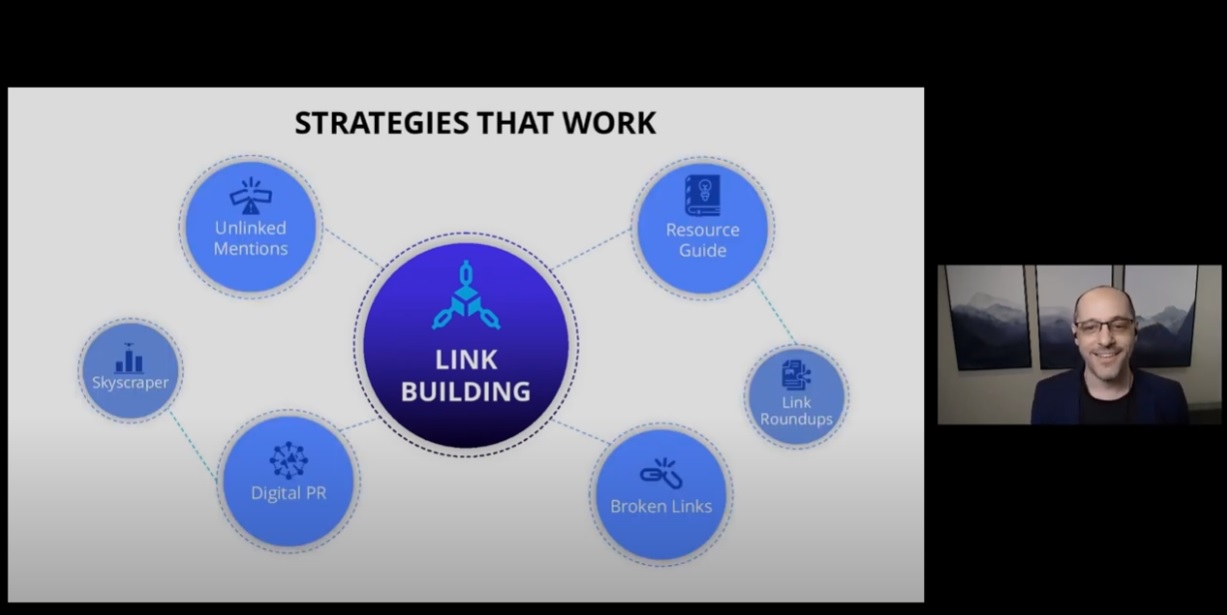Technical SEO is an essential component of search engine optimization that involves fortification and remediation of technical aspects related to your website that make it more easily crawlable and indexable by search engines. In this article, we’ll examine seven technical SEO tactics and why they help websites rank better in search.
Proper URL Structure
A well-defined URL structure can help search engines understand the hierarchy of your website and the relationships between its pages. It also makes it easier for users to navigate your site and find the information they are looking for. Proper URL structure includes using descriptive, concise, and keyword-rich URLs, avoiding lengthy or complicated URLs, and using hyphens to separate words in URLs.
XML Sitemaps
An XML sitemap is a file that lists all of the pages on your website and provides information about each page to search engines. This information includes the date the page was last updated, the frequency with which it changes, and the relative importance of each page. By submitting an XML sitemap to search engines, you can ensure that they have a complete and up-to-date understanding of your website’s structure, which can improve your website’s search engine ranking.
Header Tags
Header tags, such as H1, H2, and H3 tags, are used to structure the content on your website and provide information about the hierarchy of your content to search engines. Far to often we see web developers use header tags to control the size of the text on a page, for aesthetics, however, this causes ambiguity and header misalignment for the crawlers. Proper use of header tags can help search engines understand the importance of each section of your page and can also make it easier for users to quickly find the information they are looking for.
Core Web Vitals

Core Web Vitals are a set of performance metrics introduced by Google that measure the user experience of a website. These metrics include loading speed, interactivity, and visual stability, and they play a crucial role in determining the quality of a website’s user experience. Improving your website’s Core Web Vitals can have a positive impact on your website’s search engine ranking and can also help you avoid penalties for poor user experience. To improve your website’s Core Web Vitals, consider optimizing images, using a fast-hosting service, and reducing the number of plugins and third-party scripts on your site. As well, focusing on the primary metrics, such as, LCP, FID, and CLS, and optimizing the site to fortify those metrics, is a prudent starting point.
Site Security
A secure website is not only important for protecting your website and user data, but it can also have a positive impact on your website’s search engine ranking. Site security can be improved by implementing SSL certificates, which encrypts all data transmitted between the website and the user, implementing proper password protection, and monitoring for potential security threats. By ensuring that your website is secure, you can provide a better user experience for your visitors and improve your website’s search engine ranking.
Metadata Optimization
Metadata is information about your website that is not visible to users directly on-site, but does populate the SERPS as search results data, and it is used by search engines to understand the content on your site. This information includes the title tag and description tags. By optimizing your metadata, you can help search engines understand the relevance of your website’s content to specific keywords and phrases, which can improve your website’s ranking in search results. Properly optimized metadata will also enhance CTR (click through rate) which bolsters engagement and fortifies the sites quality signals.
Alt Data Optimization
Alt data is text that is used to describe images on a website. This text is important for accessibility purposes and is also used by search engines to understand the content of images on your site. By optimizing your alt data, you can ensure that your images are properly indexed by search engines and can also improve the overall user experience of your website. When optimizing your alt data, make sure to use descriptive, concise, and keyword-rich text that accurately describes the images on your site.
In conclusion, these technical SEO tactics are part of a comprehensive SEO strategy and they can help improve the visibility of your website in search results and attract more organic traffic. By optimizing your website’s URL structure, XML sitemap, header tags, mobile-friendliness, and site security, you can improve the overall health of your website and help it rank higher in search results. Whether you’re a business owner, marketing professional, or website administrator, incorporating these tactics into your technical SEO strategy can have a significant impact on the success of your online presence.



